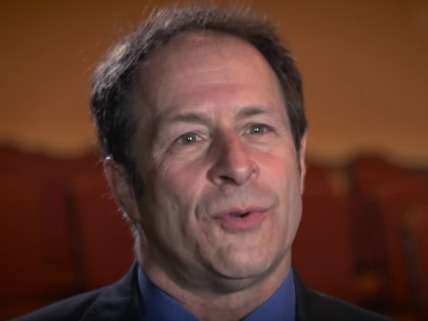DEA Concession Means Marijuana Could Be Approved As a Medicine
With NIDA as the only legal source of cannabis for research, meeting FDA requirements was impossible.

Rick Doblin, who as head of the Multidisciplinary Association for Psychedelic Studies (MAPS) has been trying for years to jump through the hoops required to get marijuana approved as a medicine, says the Drug Enforcement Administration's new willingness to license more than one producer of cannabis for research will finally make it at least theoretically possible to complete that process.
The National Institute on Drug Abuse (NIDA) has long had exclusive control over the legal supply of marijuana, which is grown by a single contractor at the University of Mississippi. In a legal battle that lasted more than a decade, MAPS tried to break that monopoly, which was a crucial barrier to meeting the Food and Drug Administration's requirements for approving a new medicine. The problem was not just the quality and variety of marijuana available from NIDA, or the agency's lack of enthusiasm for studies aimed at demonstrating the drug's benefits rather than its hazards. It was also the fact that NIDA's marijuana is available only for research, not for sale to patients following FDA approval.
"The FDA requires the Phase III studies be conducted with the exact same drug that the sponsor of the research is trying to market," Doblin explained in a recent interview on the Pacifica drug policy show Century of Lies. "So as long as the NIDA monopoly was in existence, FDA would never accept its marijuana for use in Phase III, and we could never get data that was necessary to reschedule."
MAPS is about to start a Phase II study of marijuana as a treatment for post-traumatic stress disorder in veterans, for example, but it has to use marijuana from NIDA. Since federally approved researchers are not allowed to buy marijuana from state-licensed suppliers in Colorado or Washington, NIDA is the only legal source. One problem with that is MAPS could not get all the strains it wanted: It asked for one with 12 percent THC and 12 percent cannabidiol (CBD), which NIDA did not have. But even if NIDA had a bigger variety, its marijuana would not be suitable for Phase III studies should the Phase II results look promising.
Now that the DEA has agreed to authorize other growers, research sponsors like MAPS can apply for licenses or contract with new licensees, which will make it possible to ensure that the marijuana used in their studies is the same as the marijuana they plan to make available as a medicine. "What's been so frustrating [is] that, on the one hand, the federal government has said there's not enough evidence to reschedule marijuana," Doblin said, "but on the other hand, they've blocked the ability to get the evidence. And so now that DEA has said that they'll end the NIDA monopoly, that evidence can be gathered….It's going to take four to six years, it could be $15 to $25 million, to gather it. But at least it's possible now, whereas before it was not possible."


Show Comments (12)